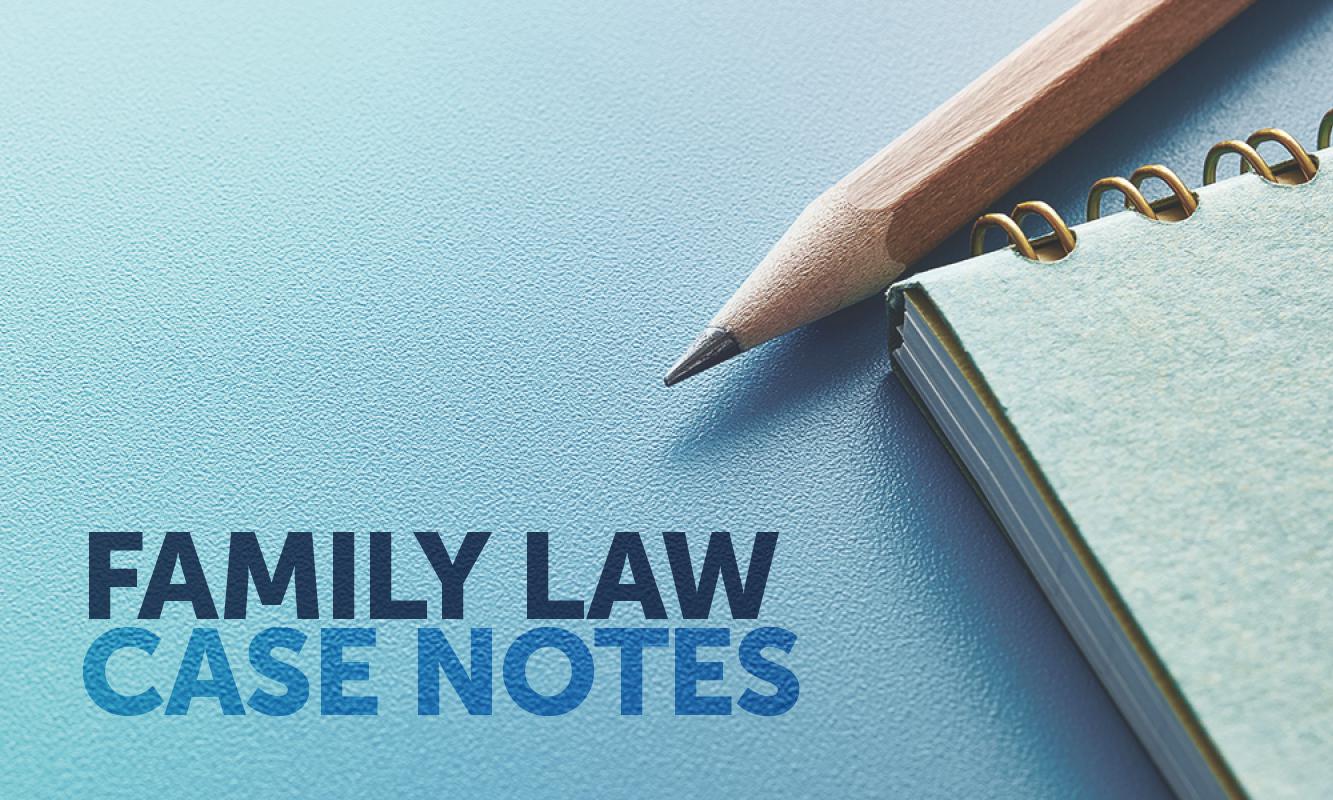Adverse publicity under s12GLB of the Australian Securities and Investments Commission Act 2001 (Cth) – whether to order a notice to be published on the contravenor’s mobile app
Previously the court found the Commonwealth Bank of Australia (CBA) provided false or misleading information to its customers in contravention of ss12DA(1) and 12DB(1)(g) of the Australian Securities and Investments Commission Act 2001 (Cth) (ASIC Act).
The court ordered CBA to pay a penalty of $7 million for providing false or misleading information to 1510 customers with certain business and business overdraft accounts.
The residual issue of relief which this judgment concerned was the efficacy of the court orders requiring CBA to publish the notices on CBA’s mobile banking app (CommBank App). Section 12GLB of the ASIC Act is the power of the court to order an adverse publicity order.
Lee J, in Australian Securities and Investments Commission v Commonwealth Bank of Australia (No 2) [2021] FCA 966, analysed the purposes of such an order, being to serve (a) a punitive purpose and (b) a broader purpose of protecting the public interest by dispelling incorrect or false impressions (at [11]-[15]).
The novel issue was whether the court should make an order under s12GLB for a notice to be published on the CommBank App. Lee J explained at [17]: “Specifically, I made reference in the principal judgment to the need to reflect upon what is the appropriate mode to apprise the general public of complicated information.
“It is a fairy tale to think that in 2021 dense legalistic public advertisements, published in the notices section of daily newspapers, often cheek by jowl with the results of things such as flower shows and greyhound races, amounts to an effective way of communicating information to a broad audience of consumers.
“The decline in literacy rates in Western societies, and the likelihood that the intended audience is made up of persons at every point of the continuum of sophistication in financial and legal matters, presents real challenges that cannot be simply ignored: J [49]–[51]; see also Lenthall v Westpac Banking Corporation (No.2) [2020] FCA 423; (2020) 144 ACSR 573 (at 587–8 [45]–[50])”.
There was expert evidence filed by the CBA relevant to whether a notice should be published on the CommBank App and the likely effect of doing so. ASIC challenged aspects of this expert material in cross-examination.
On balance, the court held it would not be appropriate to make an order under s12GLB of the ASIC Act requiring notices to be published on the CommBank App (at [44]). The court considered the informative function that would be satisfied by publishing the notices on the CommBank App, the punitive effects such an order may have on the CBA and its customers, and the extent to which such risks could be mitigated.
Publication of the notices on the CommBank App would further s12GLB’s non-punitive purpose of informing the public (at [47]). However, there was likely to be a significant “overspill” to customers using the CommBank App that the notices did not relate to and who were unaware of the context surrounding them (at [49]).
By reference to the evidence adduced in this case, the court was not satisfied that s12GLB’s punitive and consumer-protection functions would be advanced by making the order contemplated.
Lee J held at [59]: “I am obliged to find as a fact in this case that there is a not insignificant risk that the Misconduct Notices are open to be misinterpreted by those users of the CommBank App with lower literacy rates. I also accept, again based on the evidence adduced, that this may cause such users to be confused, anxious, distressed, alarmed, suspicious, and/or uncertain, which may have further consequences in respect of how such users manage their finances and interact (with) the CommBank App.”
The proposed mitigatory steps did not change the court’s views (at [60]-[66]). Lee J specifically noted that this did not mean that in another case, depending on the evidence, it would be inappropriate to make an order of the type that ASIC proposed (at [68]).
Dan Star QC is a Senior Counsel at the Victorian Bar, ph 03 9225 8757 or email danstar@vicbar.com.au. The full version of these judgments can be found at austlii.edu.au. Numbers in square brackets refer to a paragraph number in the judgment.













Share this article